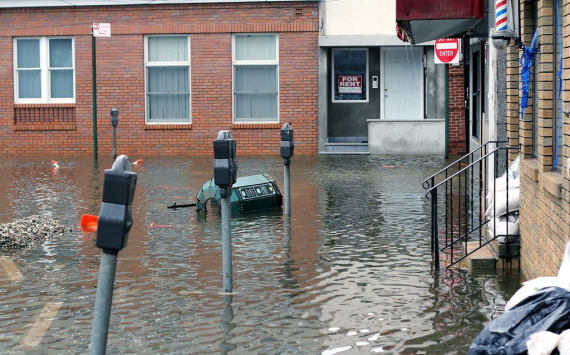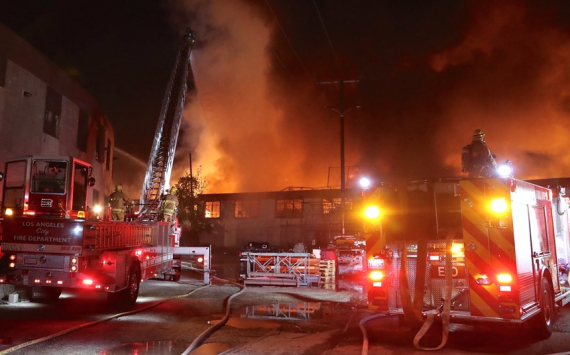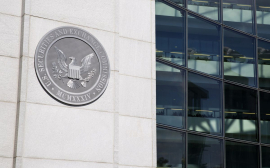
New York's Battle Against Hidden Flood Risks
New York is on the path to join other states in mandating the disclosure of flood-risk information to potential homebuyers. Earlier this year, the Legislature passed a law requiring property owners to reveal whether their property falls within a 100- or 500-year flood zone, as determined by FEMA's flood insurance rate maps.
However, in 2020, New York received a failing grade from the Natural Resources Defense Council (NRDC) for its failure to provide flood information to homeowners.
Joel Scata, a senior attorney at the NRDC, outlines steps that other states can take to enhance their rankings in flood-risk disclosure.
Scata emphasizes, "States must stop leaving homebuyers and renters in the dark about flood risks." He asserts that the key is to amend disclosure laws, making it mandatory for sellers and landlords to furnish information regarding a property's flood history and associated risks.
He argues that this approach is the most effective way to communicate the flood risk of any property, as history has shown that if a house has flooded once, it is likely to flood again. Given the escalating flood risks due to climate change, the state has allocated funds from its budget to strengthen flood mitigation efforts. The success of this legislation would lead to an improvement in the state's failing grade, contingent on Governor Kathy Hochul's signature.
The law would also encompass homes affected by one-time historic floods, such as those impacted during Hurricane Sandy. Scata further explains that there are various reasons why this information is not automatically provided.
He clarifies, "Sometimes it's unclear if a home has flooded before because the damage has been repaired, or it may not appear to be in close proximity to a creek or the shore. However, it's essential to recognize that flooding can occur wherever there is heavy rainfall."
According to a 2022 report by the NRDC, over 7,600 homes in New York were purchased without the buyers being informed of previous flood damage, resulting in a total cost of approximately $23.5 million.











































